A young woman once asked Robert Peary, “But how does anyone know when he has reached the North Pole?”
“Nothing easier,” Peary said. “One step beyond the pole, you see, and the north wind becomes a south one.”
A young woman once asked Robert Peary, “But how does anyone know when he has reached the North Pole?”
“Nothing easier,” Peary said. “One step beyond the pole, you see, and the north wind becomes a south one.”

You can start fights among copyeditors by asking them how to punctuate Harry Truman’s name.
The 34th president had no middle name — just the letter S. So the question is, do you add a period afterward? Purists say no, it’s not an abbreviation. Pragmatists say yes, if you omit the period then some readers will stop at the “error.”
Truman himself usually signed his name with a period, but he once remarked that it should be omitted. That’s why, to this day, some newspapers refer to him as Harry S Truman.
Shortest-reigning popes:
1978 is called the “year of three popes”: Pope Paul VI was succeeded by John Paul I, who lived only 33 days. John Paul II succeeded him.
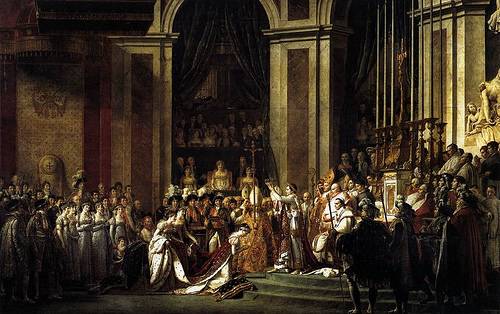
“Glory is fleeting, but obscurity is forever.” — Napoleon Bonaparte
In 1945, Betty Lou Oliver plunged 75 stories inside an elevator when a B-25 bomber struck the Empire State Building.
Fourteen people died in the plane crash, but Oliver survived.
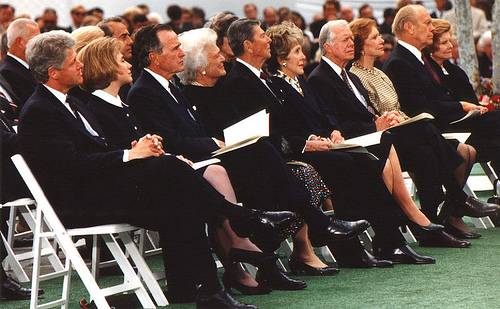
There have been only three periods when five former American presidents were alive at the same time:
Herbert Hoover lived for 31 years after leaving office; James Polk lasted only three months.
In the 1924 silent film Three Weeks, Conrad Nagel tenderly picks up Aileen Pringle to carry her into the bedroom.
Lip readers noted that she appears to be saying, “If you drop me, you bastard, I’ll break your neck.”
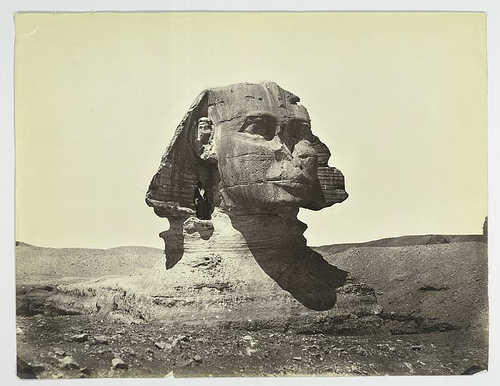
For most of its history, Egypt’s Great Sphinx lay buried up to its neck in sand. This photo was taken in 1867; the sphinx wasn’t fully dug out until 1925.
Strangely, we know very little about it. It’s one of the world’s largest statues, but no one knows who built it, or when, or whose likeness it bears. We’re not even sure what it is — we call it a sphinx, but we borrow that term from Greek mythology. A true sphinx would have the head of a woman.
No one knows what the ancient Egyptians called it, but its Arabic name, Abu al-Hôl, translates as “Father of Terror.” Maybe we should cover it up again.
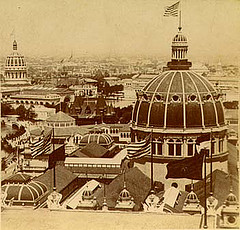
Wander too far away from the World’s Columbian Exposition of 1893 and you might disappear forever.
Herman Mudgett, an enterprising serial killer, built a row of three-story buildings near the Chicago fair and opened it as a hotel. Guests discovered — too late — that it was a maze of more than 100 windowless rooms, where Mudgett would trap them, torture them in a soundproof chamber, and then asphyxiate them with a custom-fitted gas line.
Then he’d send the bodies by chute to the basement, where he’d cremate them or sell them to a medical school.
This went on for three years, until a fire broke out and police and firemen discovered the trap. No one knows how many people Mudgett killed; he confessed to 27, but estimates go as high as 230.
He was hanged in Philadelphia in 1896.
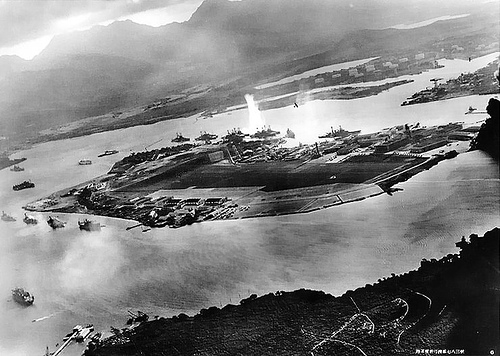
Pearl Harbor as seen from a Japanese attack plane.
“I can run wild for six months,” Admiral Isoroku Yamamoto had predicted. “After that, I have no expectation of success.”